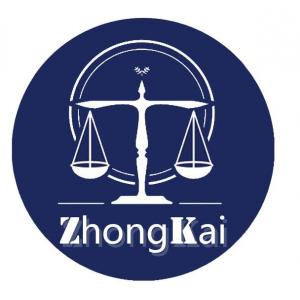

Add to Cart
ASTM stands for the American Society of Testing. ASTM was formerly
the International Association for Testing Materials (IATM). The
first IATM meeting was held in Europe in 1882 and formed a working
committee. In 1902, the American Society for Testing Materials was
officially declared independent at the fifth annual meeting of the
international Society for Testing Materials.
ASTM is short for the American Society for Testing Materials. ASTM
was formerly the International Association for Testing Materials
(IATM). In the 1880 s, set up a technical committee system is
advanced, the technical committee organization represented in terms
of technical symposium, discussion to solve the dispute over the
material specifications, test procedures, etc. The first IATM
meeting was held in Europe in 1882 and formed a working committee.
At that time, it was mainly to study the test methods of steel and
other materials. In 1902, the American Society for Testing
Materials was officially declared independent at the fifth annual
meeting of the international Society for Testing Materials. With
the expansion of the scope of its business and development of the
society's work center is not only a research and develop material
specification and test method standard, also includes a variety of
materials, products, systems, services, project characteristics and
performance standards, and test method, procedure and other
standards. In 1961, the organization changed its name to the
American Society for Testing Materials (ASTM), which is still in
use today.
ASTM is one of the oldest and largest non-profit standard academic
groups in the United States. After a century of development, ASTM
now has 33,669 members (individuals and groups), of whom 22,396 are
members of the main committees serving as technical experts in
their respective committees. ASTM's technical committee comprises a
total of 2004 technical subcommittees. There are 105817 units
participated in the ASTM standard formulation work, main task is to
develop materials, products, systems, and services in the areas of
features and performance standards, testing methods and standards,
the main test items, except for child safety seats and baby
supplies ASTM certification, textile materials ASTM certification,
doll clothes ASTM certification, plastic toy ASTM certification,
etc., to promote the development and popularization of knowledge.
ASTM standards have been developed using a system of voluntary
consensus. The standard system is the responsibility of the
technical committee and drafted by the standards working group.
After a technical committee and technical committee vote, common to
most members in the adoption of opinions, and by most of the
members voted in favor of, only approved standard, published as a
formal standard. In the process of a standard establishment,
interested in the preparation of each member and any enthusiastic
group has the right to their opinions, fully to put forward the
opinion of the committee for research and treatment, to absorb all
aspects of the correct opinions and Suggestions.
According to ASTM publications, in 1997 ASTM developed 350 new
standards, 1,698 revised standards and 2,681 standardization
activities. As can be seen from these figures, activities are
frequent and effective. The ASTM standard is now divided into 15
categories (sections). The number of papers included in each
category is different. The standard Volume is published. The
standard yearbook categories, volumes and standard Numbers for 1999
are as follows:
Class I steel products
Class ii nonferrous metals
Test methods and analytical procedures for metallic materials of
the third class
Category 4 construction materials
Category 5 petroleum products, lubricants and fossil fuels
Class 6 paints, related coatings and aromatic compounds
Category 7 textiles and materials
Class 8 plastics
Class 9 rubber
Category 10 electrical insulators and electronic products
Category 11 water and environmental technologies
Category 12: nuclear energy, solar energy
Medical equipment and services of category 13
Category 14 instruments and general test methods
Category 15 general industrial products, special chemicals and
consumable materials
